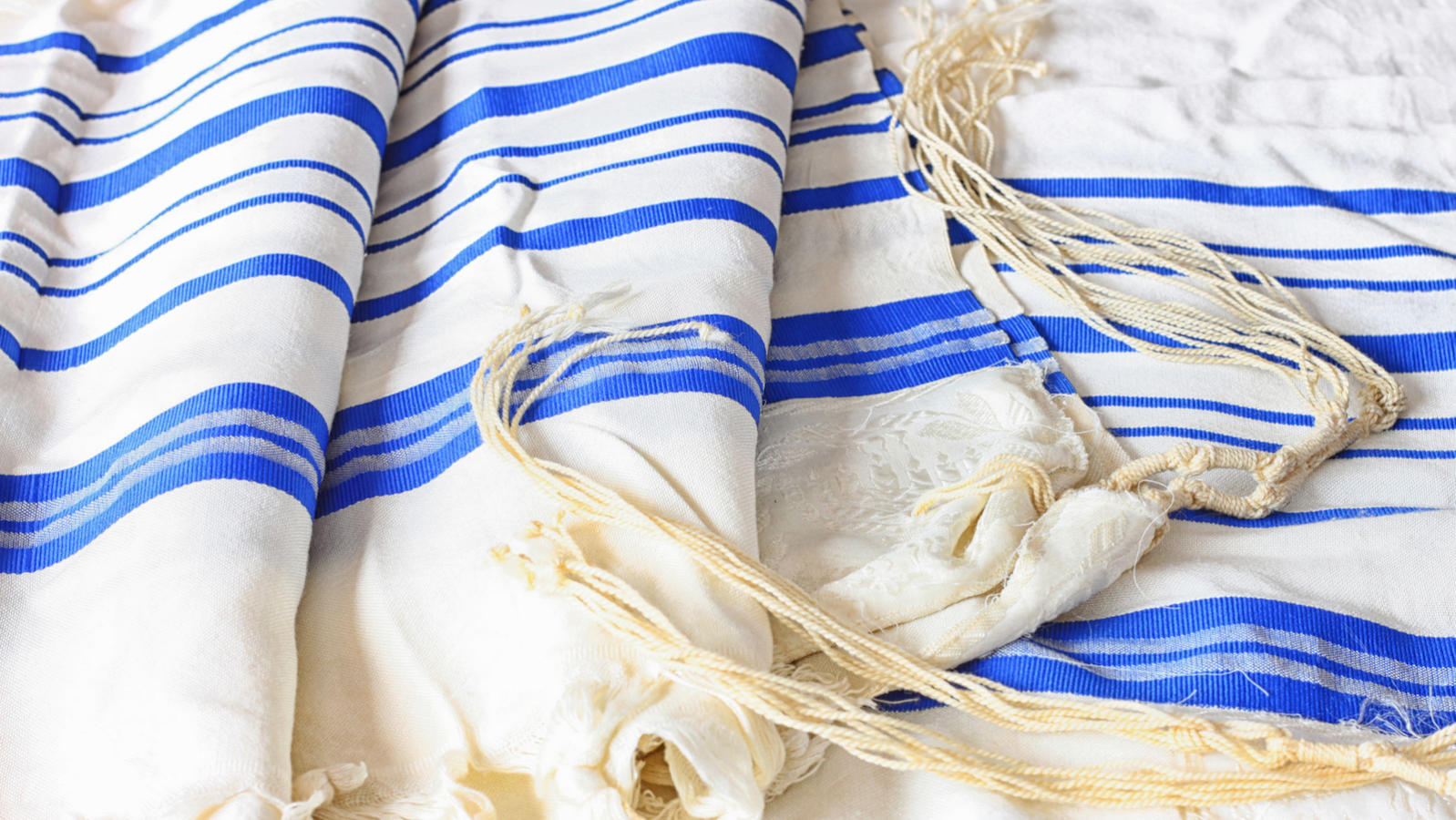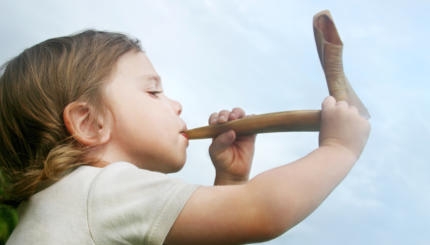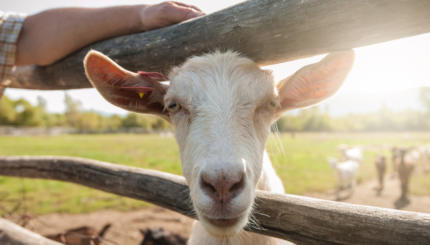The culmination of the Yamim Noraim (Days of Awe) is the fast day of Yom Kippur (The Day of Atonement). This is the day at the conclusion of which, according to tradition, God seals the Books of Life and Death for the coming year. The day is devoted to communal repentance for sins committed over the course of the previous year. Because of the nature of Yom Kippur and its associated rituals, it is the most solemn day in the Jewish calendar.
Yom Kippur History
A ritual for the expiation of sins was in existence already during biblical times. However, it was only during the Second Temple Period that Yom Kippur assumed central importance as a day of mourning and abstention. By the Rabbinic Period, it had become the most important day in the Jewish liturgical calendar, an importance that the day has retained until the modern period.
Yom Kippur in the Home
Yom Kippur is the day on which we are instructed to divorce ourselves as completely as humanly possible from the mundane world in which we live, in order to devote ourselves with all our hearts and minds to our relationship with the Divine. Fasting is the most widespread manifestation of this devotion. Other examples include: refraining from washing, sexual relations, and the wearing of leather (a sign of luxury in earlier times). It is traditional to dress in white on this day, symbolizing personal purity. Because of this and the desire to avoid leather, many Jews wear sneakers, or white athletic shoes, on Yom Kippur.
Yom Kippur in the Community
The liturgy of Yom Kippur is completely centered in the synagogue. It is traditional to wear a tallit, or prayer shawl, at all times in the synagogue on Yom Kippur; this is the only time during the year when the tallit is worn in the evening. There are more and longer services on this day than any other in the Jewish calendar. Yom Kippur is ushered in while it is still light out with a powerful and ancient prayer called Kol Nidrei (All Vows), in which the congregation asks that all vows made under duress during the coming year may be considered null and void before God. In addition to the three daily services of Maariv (evening service), Shachrit (morning services), and Mincha (afternoon service), the Yom Kippur liturgy adds a special Musaf (additional) service. On Yom Kippur, Yizkor, the memorial service, is recited, as is the Avodah, a symbolic reenactment of the ancient priestly ritual for Yom Kippur. During the course of the holiday, a major component of the liturgy is the repeated communal confession of sins, the Viddui. The day closes with a unique and emotionally powerful service called Neilah, during which the liturgy imagines the gates of heaven closing at the end of the High Holiday period. Neilah, during which it is traditional to stand since the ark is opened, ends with a long blast of the shofar or ram’s horn, understood by many as signifying God’s redemptive act in answer to true repentance.

Help us keep Jewish knowledge accessible to millions of people around the world.
Your donation to My Jewish Learning fuels endless journeys of Jewish discovery. With your help, My Jewish Learning can continue to provide nonstop opportunities for learning, connection and growth.
Yom Kippur Theology and Themes
The overarching theme of Yom Kippur is repentance. During the holiday all thoughts are supposed to be centered on this theme. From Kol Nidrei to the repeated Viddui to Neilah, the day revolves around the theme of communal repentance for sins committed during the past year, in order that both the community and the individual be inscribed in the Book of Life for the coming year.
ark
Pronounced: ark, Origin: English, the place in the synagogue where the Torah scrolls are stored, also known as the aron kodesh, or holy cabinet.

Help us keep Jewish knowledge accessible to millions of people around the world.
Your donation to My Jewish Learning fuels endless journeys of Jewish discovery. With your help, My Jewish Learning can continue to provide nonstop opportunities for learning, connection and growth.
shofar
Pronounced: sho-FAR or SHO-far, Origin: Hebrew, a ram’s horn that is sounded during the month of Elul, on Rosh Hashanah, and on Yom Kippur. It is mentioned numerous times in the Bible, in reference to its ceremonial use in the Temple and to its function as a signal-horn of war.

Help us keep Jewish knowledge accessible to millions of people around the world.
Your donation to My Jewish Learning fuels endless journeys of Jewish discovery. With your help, My Jewish Learning can continue to provide nonstop opportunities for learning, connection and growth.
tallit
Pronounced: tah-LEET or TAH-liss, Origin: Hebrew, prayer shawl.

Help us keep Jewish knowledge accessible to millions of people around the world.
Your donation to My Jewish Learning fuels endless journeys of Jewish discovery. With your help, My Jewish Learning can continue to provide nonstop opportunities for learning, connection and growth.
Yom Kippur
Pronounced: yohm KIPP-er, also yohm kee-PORE, Origin: Hebrew, The Day of Atonement, the holiest day on the Jewish calendar and, with Rosh Hashanah, one of the High Holidays.

Help us keep Jewish knowledge accessible to millions of people around the world.
Your donation to My Jewish Learning fuels endless journeys of Jewish discovery. With your help, My Jewish Learning can continue to provide nonstop opportunities for learning, connection and growth.
Shachrit
Pronounced: SHAKH-reet, Origin: Hebrew, morning prayer service.

Help us keep Jewish knowledge accessible to millions of people around the world.
Your donation to My Jewish Learning fuels endless journeys of Jewish discovery. With your help, My Jewish Learning can continue to provide nonstop opportunities for learning, connection and growth.
Mincha
Pronounced: MINN-khah, Origin: Hebrew, the afternoon prayer service. According to traditional interpretation of Jewish law, men are commanded to pray three times a day.

Help us keep Jewish knowledge accessible to millions of people around the world.
Your donation to My Jewish Learning fuels endless journeys of Jewish discovery. With your help, My Jewish Learning can continue to provide nonstop opportunities for learning, connection and growth.
Maariv
Pronounced: mah-ah-REEV, Origin: Hebrew, evening prayer service. According to traditional interpretation of Jewish law, Jewish men are required to pray three times a day.

Help us keep Jewish knowledge accessible to millions of people around the world.
Your donation to My Jewish Learning fuels endless journeys of Jewish discovery. With your help, My Jewish Learning can continue to provide nonstop opportunities for learning, connection and growth.



